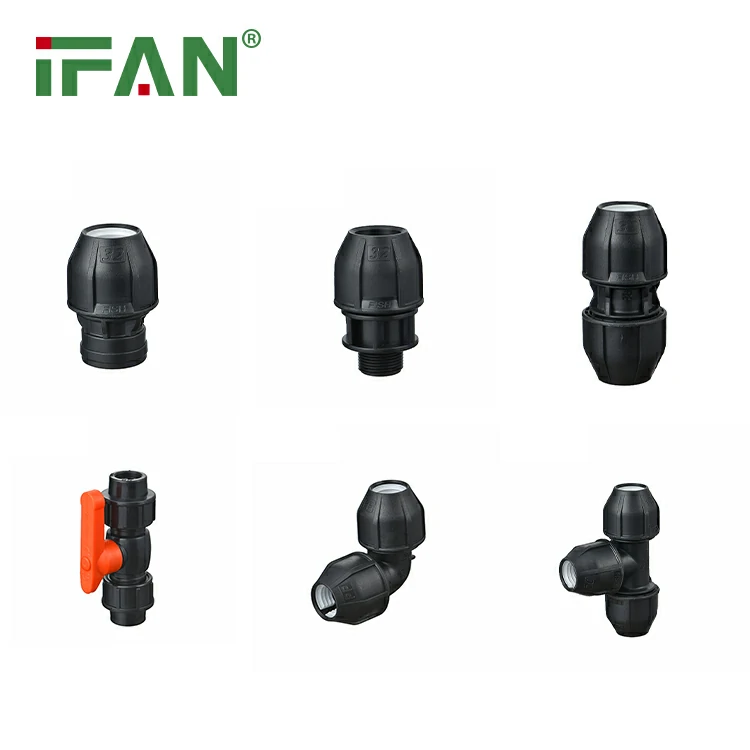Introduction to Compression Fittings
Compression fittings are widely used in plumbing and piping systems to create secure connections. They consist of a nut, a compression ring (ferrule), and a fitting body. These fittings are known for their ease of installation and reliability. They are commonly used in water supply, gas, and hydraulic systems.
Factors Affecting the Lifespan of Compression Fittings
The lifespan of compression fittings depends on several factors. Material quality, installation technique, and environmental conditions play a significant role. Properly installed fittings made from durable materials last longer. Exposure to extreme temperatures or corrosive substances can reduce their lifespan.
Material Quality and Durability
Compression fittings are made from materials like brass, stainless steel, and plastic. Brass fittings are durable and resistant to corrosion, making them ideal for water systems. Stainless steel fittings are stronger and suitable for high-pressure applications. Plastic fittings are lightweight but less durable in harsh conditions.
Installation Techniques and Their Impact
Proper installation is crucial for the longevity of compression fittings. Incorrect tightening can cause leaks or damage the fitting. Using the right tools and following manufacturer guidelines ensures a secure connection. A well-installed compression fitting can last for decades without issues.
Environmental Conditions and Their Effects
Environmental factors like temperature, humidity, and exposure to chemicals affect compression fittings. Extreme heat or cold can cause materials to expand or contract, leading to leaks. Corrosive substances can degrade the fitting over time. Choosing fittings suitable for the environment ensures better performance.

Maintenance Practices for Longevity
Regular maintenance helps extend the lifespan of compression fittings. Inspect fittings periodically for signs of wear, leaks, or corrosion. Replace damaged components promptly to prevent system failures. Proper maintenance ensures the fittings remain functional and reliable.
Common Applications and Their Lifespan
Compression fittings are used in residential plumbing, industrial systems, and gas pipelines. In residential settings, they can last 20–30 years with proper care. Industrial applications may require more frequent replacements due to higher stress. Gas systems often use high-quality fittings for safety and longevity.
Conclusion
Compression fittings are reliable components in plumbing and piping systems. Their lifespan depends on material quality, installation, and environmental conditions. Proper installation and maintenance ensure they last for decades. With the right care, compression fittings provide secure and long-lasting connections.

